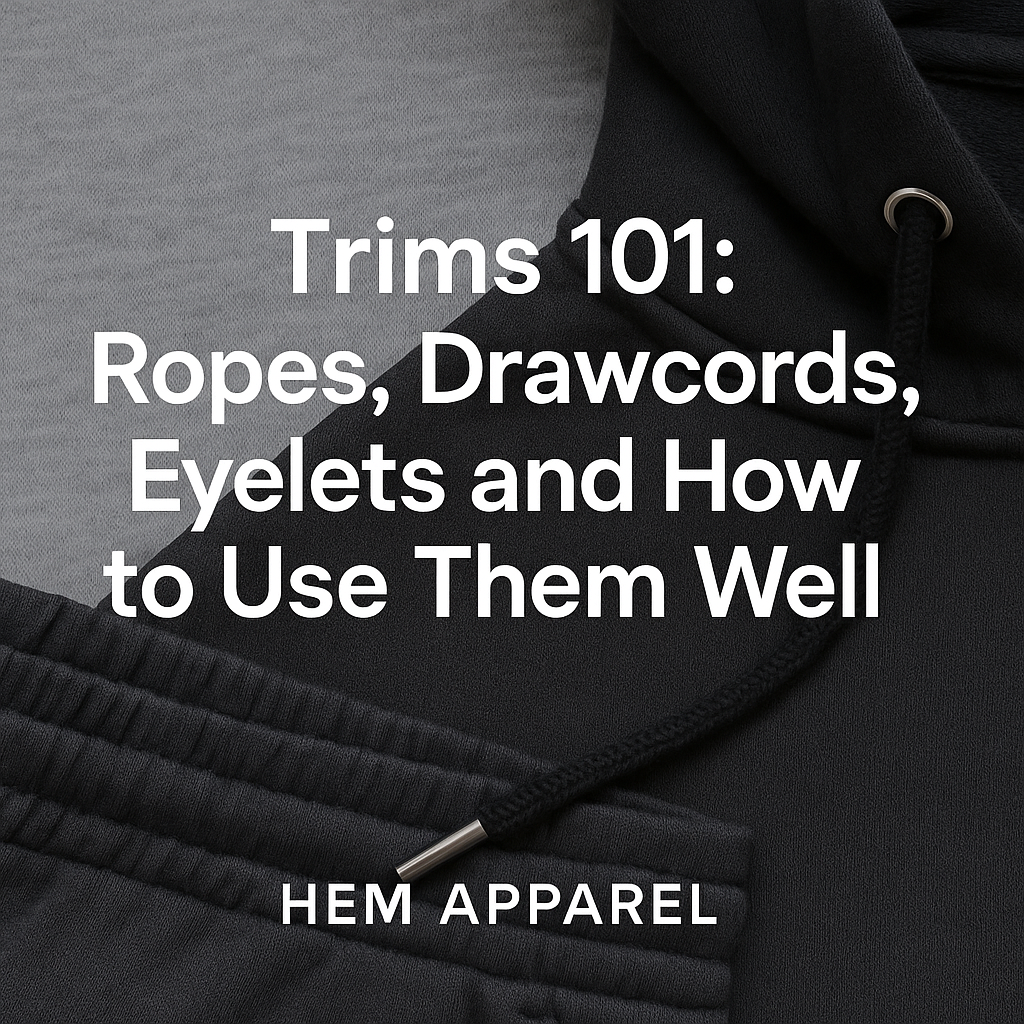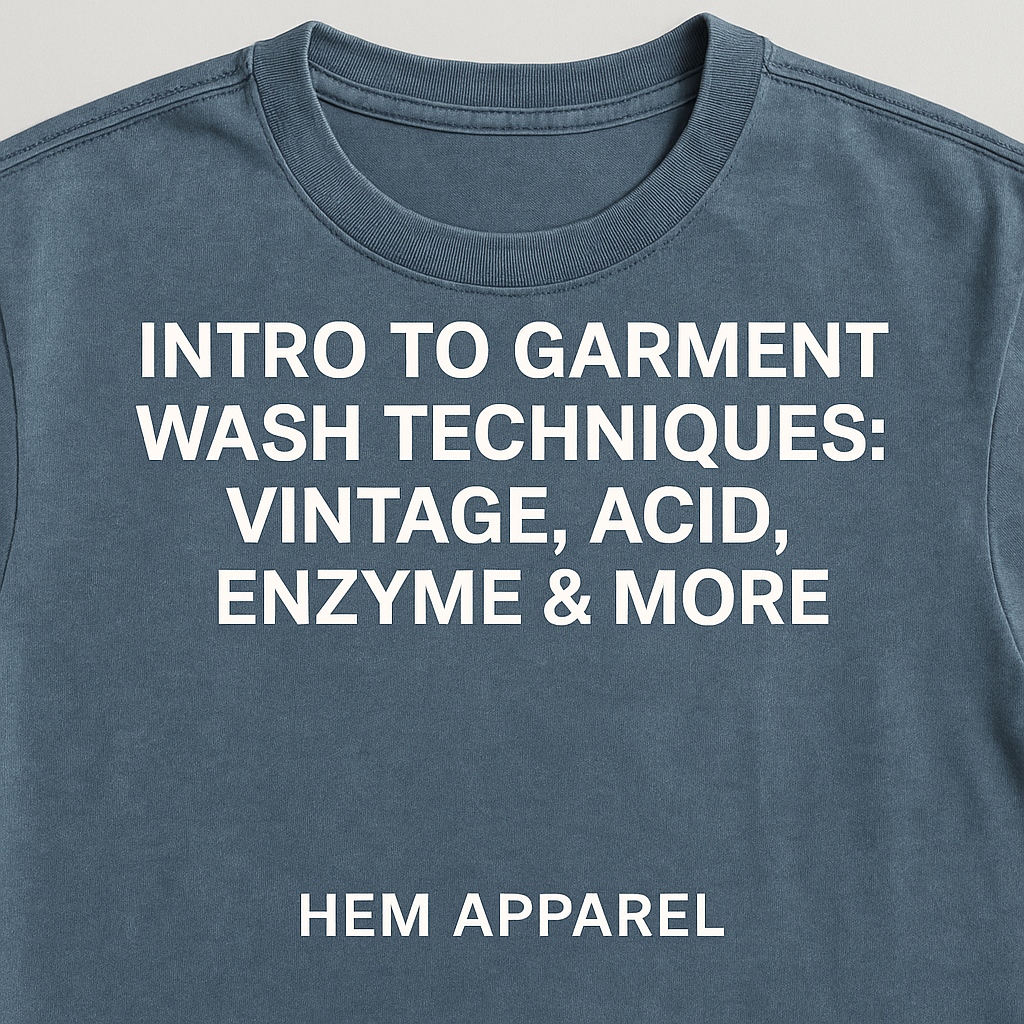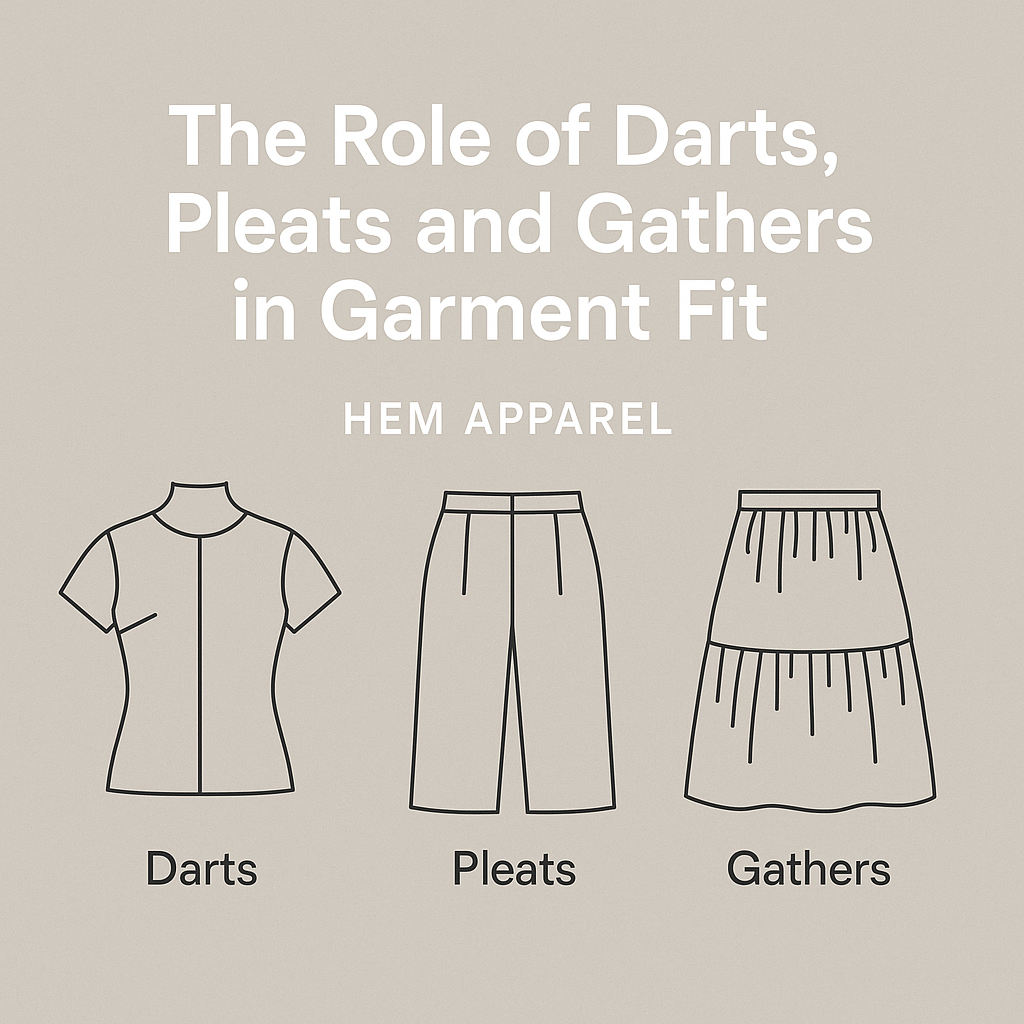1. Be Clear, Not Creative
Factories aren't fashion consultants — they’re problem solvers. Avoid vague or emotional language like:
🚫 “Make it more premium”
🚫 “I want it to feel cooler”
🚫 “Add something interesting here”
✅ Instead, say:
-
“Use 260gsm combed cotton”
-
“Add flatlock stitching at side seams”
-
“Logo print size: 10cm wide, center chest”
At HEM APPAREL, our merchandisers are trained to ask the right follow-up questions — but clear input from you still matters most.
2. Use Visual References
Factories work better with images than with words.
Include:
-
Tech packs (or mockups with callouts)
-
Photos of similar products
-
Charts for sizing, placement, color
-
Print files in correct format (AI, PSD, PDF)
Even a simple hand-drawn sketch is better than nothing.
3. Confirm Everything in Writing
After a call or voice message, always follow up with a written summary. This helps:
-
Avoid language misunderstandings
-
Set clear responsibility
-
Create a timeline and paper trail
📌 Pro tip: Use email or WhatsApp with bullet points and confirm with “Yes, please proceed.”
4. Know What Info the Factory Needs
| Category | Examples |
|---|---|
| Product details | Type, fabric, colorway |
| Artwork/branding | Size, placement, Pantone color, method |
| Sizing | Size chart (CM/inch), fit notes |
| Quantity | Per style, per size, per color |
| Timeline | Sample and delivery deadlines |
| Packaging | Folded? Bagged? Size stickers? |
The more complete your info, the faster the factory can quote and schedule.
5. Be Respectful of Factory Capacity
Factories are not on-demand services. Respect:
-
Time zones and holidays
-
Their minimum order process
-
Lead time and production logic
Clear planning = better execution.
🔚 Conclusion
Clear communication is the foundation of reliable production. Speak factory language: specific, visual, structured, and respectful. You’ll get better samples, faster production, and long-term trust.
HEM APPAREL – Your trusted manufacturing partner for high-quality custom apparel, made in Vietnam





